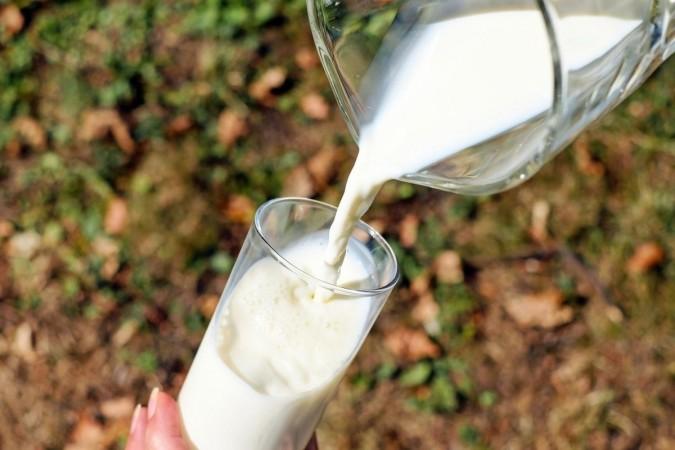Milk prices have seen a significant uptick in the last six months and will continue to increase due to a shortage heading into the peak demand season, a report by Emkay Global Financial Services said.
"Milk and milk products have seen an average YoY inflation of 6.5 per cent over the last 12 months, while this increases to 8.1 per cent if we look at just the last five months. Monthly momentum has been at 0.8 per cent over the last year, more than double the pre-pandemic five-year average of 0.3 per cent, while its contribution to overall headline inflation has ticked up to 6 per cent post-pandemic," the report said.
The ongoing spike in milk prices has several factors, linked to rising input costs, the disruption caused due to the pandemic, and international prices.

One of the biggest factors has been the sharp rise in fodder and animal feed costs, according to the report.
Fodder prices have been rising at double-digit rates since February 2022, and in fact the YoY price change has not dropped below 20 per cent since May. Animal feed prices have reduced somewhat over the last three months, but have averaged over 6 per cent for the last year
The most significant factor has been the drop in production and yield post-Covid. As demand from restaurants, hotels, sweetshops, weddings etc crashed during the pandemic, prices collapsed, which led to dairies cutting their procurement of milk from farmers.
Prices of skim milk powder (SMP), butter and ghee also fell.
Farmers had to reduce the size of their herds to control costs, while they also began to underfeed them, especially the calves and pregnant cattle that were not giving milk at the time, the report said.
A newborn calf typically reaches puberty in 15-18 months. Adding 9-10 months of pregnancy, it will start producing milk in 24-28 months after birth, while this is higher for buffaloes (36-48 months).

"Thus, the underfed and undernourished calves from the Covid period are the milk-producing cows of today. Milk yields have dropped, and dairies have been reporting lower milk procurement throughout the year. It must also be noted that Indian cattle have generally been low-yielding, at 1/10th of the global average," the report said.
Additionally, India's exports of dairy products have also increased substantially over the last three years, adding to the domestic shortage.
Dairy exports doubled from FY21 to FY22, largely due to soaring international prices, and are on pace to increase further in FY23.
The 'flush' season, from September onwards, is when animals generally produce more milk, with better fodder availability and lower temperatures. This peaks in winter and continues till March-April. Dairies also use the excess milk produced in this time to produce SMP and fat, which are then used during the summer months for reconstitution as demand for curd, ice-cream etc surges
"Therefore, the current scenario could continue into the summer months as there is a shortage of milk, especially fat, at a time when dairies would be building up stock. This view is echoed by leading industry figures, with the MD of Mother Dairy recently stating that milk prices will stay elevated till Diwali," the report added.
(With inputs from IANS)















